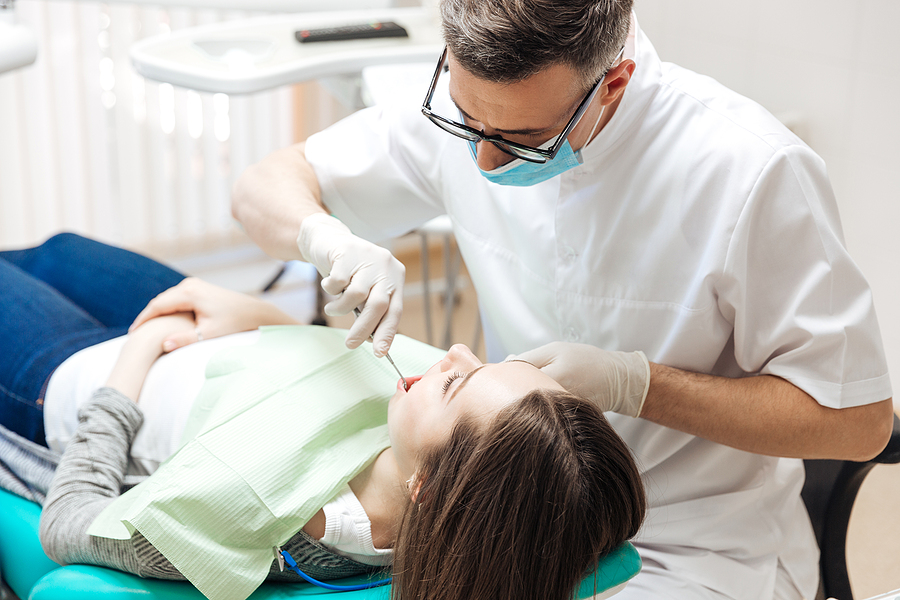You may be familiar with Profound and TAC 20 compounded topical anesthetics used in dentistry but have you heard of Topical 12.5? Sometimes referred to as “The Best Topical Ever” or “The Baddest Topical in Town” this formulation includes at least lidocaine 12.5% and tetracaine 12.5% and may also include prilocaine 3% and phenylephrine 3%. This formulation may be made in a gel or plasticized ointment base in multiple flavors.
Why Compound Topical 12.5?
Topical 12.5 (The Baddest Topical in Town/The Best Topical Ever) is stronger than any topical anesthetic available from typical dental suppliers. Hygienists and dentists choose compounded topical anesthetics because they tend to work faster, provide more profound anesthesia, and last longer. Numerous over-the-counter numbing products exist that include ingredients like benzocaine and lidocaine. None offer a combination of ingredients in the same strengths as Topical 12.5. While OTC products may work quickly, they do not last as long as most compounded topical anesthetics and the anesthetic effects are less significant.
What’s in a Name?
Truthfully, compounded topical anesthetic formulations can have any name. When a prescription is written for a compounded drug it has to include the full formulation and not any kind of “brand” name. Even if a particular pharmacy chooses a unique name for a compounded formulation it does not mean that the formulation belongs to them. You may even take a formulation to your local pharmacy and see if they can compound it for you. When you are choosing a topical anesthetic it is important to look at the ingredients and excipients and not choose just based on the name of the formulation.
Uses for Topical 12.5
Uses for Topical 12.5 include pre-injection numbing, scaling and root planing, oral procedures, suture removal, orthodontic placements, and to prevent gagging. Topical anesthetic can replace a local anesthetic injection in some but not all cases. For scaling and root planing, topical anesthetic can often be used instead of an injection. This decreases the amount of time the patient is numb. Instead of having their face be numb for the entire day for a deep cleaning, they can be numb for just an hour or so in a localized area.
Topical may be used in conjunction with an injected local anesthetic as well. For example, many patients have a fear of needles. This fear of having an injection may even lead them to avoid going to the dentist. A pre-injection numbing gel can make the injection less uncomfortable and also provide a psychological effect in reducing anxiety about the needle. Many patients will request the topical once they get it as it leads to a significantly more comfortable experience.
Topical anesthesia is effective in any case where pulpal anesthesia is not required. If there is any situation where the sensitivity of the roots is a concern, an injected anesthetic would be required. However many dental procedures and examinations do not require injected anesthesia and can be done with topical. A compounded topical can penetrate about 3mm into the oral mucosa which is sufficient for scaling, orthodontic placement, and to prevent gagging.
Safety of Compounded Topicals
Topical anesthetics like The Best Topical Ever/The Baddest Topical in Town are generally safe when used appropriately. Compounding pharmacies are regulated by the FDA and state boards of pharmacy and must adhere to high quality standards. In the case of a 503A compounding pharmacy, orders are made individually for each patient. The safety of a compounded topical is in the hands of the practitioner who is applying it. Topical should not be applied to the entire mouth at once, and it should not be allowed to migrate to the back of the throat so it is swallowed. If a topical anesthetic is over-applied or is allowed to be swallowed it increases the risk of the patient developing adverse systemic effects.
Developing a Positive Response to Dental Treatment
In order for patients to return to the dental office for the treatments they need, they need to feel like they are in good hands and that they will not be in any intense pain. When a patient recognizes that the hygienists and dentists care about making the experience as comfortable as possible, they develop a positive association with their dentist office. This leads them to continue their treatments and return to the office regularly, ultimately resulting in a patient with a healthier mouth.
Articles
Review the types of topical anesthetics that can be used safely by hygienists – RDH

